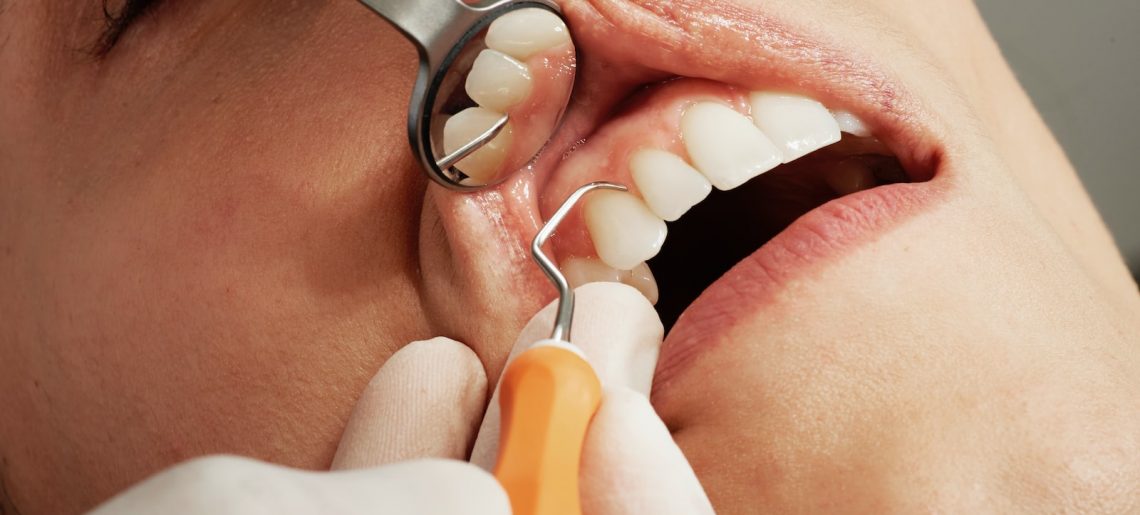The allure of gold jewelry has captivated humankind for centuries, with its undeniable beauty and enduring value. However, this precious metal’s significance transcends mere aesthetics or status symbols; recent studies have unearthed remarkable health benefits associated with wearing gold adornments.
This article delves into the lesser-known advantages of donning gold accessories from a health and wellness perspective.
Gold, being an inert element that does not cause irritation or allergies in most individuals, is inherently well-suited for various therapeutic applications. A growing body of research suggests that contact between the skin and gold may yield certain physiological benefits – including improved blood circulation, accelerated wound healing, and enhanced overall wellbeing.
The subsequent sections will explore these fascinating findings in greater detail while examining their implications in daily life.
Anti-Inflammatory Properties
The therapeutic application of gold has been known since ancient times. Among the numerous benefits attributed to this precious metal is its potential anti-inflammatory effect on the body. The use of gold jewelry as a means to alleviate inflammation and promote overall health has garnered attention in recent years.
This section aims to delve deeper into the anti-inflammatory properties of gold and elucidate how wearing gold jewelry might contribute to one’s well-being. Research conducted over time has demonstrated that gold carries several healing properties due to its ability to modulate immune responses. It is postulated that these effects stem from ionic interactions between gold ions and various cellular components within the immune system.
By interfering with certain cell signaling pathways, it appears that gold can potentially suppress pro-inflammatory cytokines and other molecules responsible for perpetuating inflammatory processes in the body. Consequently, individuals who wear gold jewelry may inadvertently reap some of these benefits by virtue of their skin coming into contact with the metal.
While further studies are essential for establishing a strong correlation between wearing gold jewelry and experiencing reduced inflammation, there exists promising evidence supporting such claims thus far. Various case reports have pointed towards an improvement in symptoms associated with inflammatory conditions following consistent use of gold accessories or supplements. Additionally, anecdotal accounts from practitioners utilizing alternative medicine techniques also support this notion; however, more rigorous research methodologies must be employed before definitive conclusions can be drawn regarding gold’s full range of health-promoting capabilities.
Improved Circulation
One of the notable advantages associated with wearing gold jewelry is its potential impact on circulation. As circulation boosters, gold accessories may enhance blood flow throughout the body by generating positive and negative ions that interact with the electrical field naturally present in human cells. This interaction has been theorized to result in a stimulation of the circulatory system, leading to increased oxygen delivery to vital organs and tissues.
The implications of improved circulation extend beyond mere physical comfort; they also encompass various aspects related to heart health. Enhanced blood flow ensures that adequate amounts of essential nutrients are transported to different parts of the body, promoting overall well-being. Furthermore, better circulation can prevent conditions such as varicose veins or peripheral artery disease from developing by ensuring proper venous return and arterial supply.
Consequently, individuals who wear gold jewelry might experience not only an improvement in their general health but also a reduced risk for cardiovascular diseases. In light of these findings, it becomes evident that incorporating gold accessories into one’s wardrobe could yield significant benefits for both physiological functioning and personal well-being.
By acting as natural circulation boosters, gold pieces potentially contribute to enhanced organ function and decreased susceptibility to certain medical conditions like hypertension and arteriosclerosis. Moreover, these improvements may consequently lead to higher energy levels, quicker recovery times after physical exertion, and even elevated mood states due to increased endorphin release resulting from optimal blood flow patterns. Thus, embracing the use of gold jewelry represents a viable means through which individuals can promote self-care while simultaneously enjoying aesthetic enhancement.
Better Energy Flow
In an era where energy enhancement is sought after, gold therapy has emerged as a unique approach to harnessing the positive attributes of this precious metal.
Gold jewelry not only adds elegance to one’s appearance but also plays a vital role in improving one’s overall well-being by promoting better energy flow within the body.
In various cultures around the world, gold has long been associated with spiritual vibrations and healing properties, leading many individuals to incorporate it into their daily lives for its potential benefits.
The practice of gold acupuncture offers another dimension to the therapeutic values attributed to this precious metal.
By utilizing fine gold needles instead of traditional stainless-steel ones, practitioners aim at stimulating specific points on the skin known as acupoints that are linked to internal organs and systems.
These targeted pressure points work synergistically with gold’s inherent conductive properties, allowing for more effective transmission of electromagnetic signals throughout the body.
Consequently, proponents of this treatment method claim that gold acupuncture may lead to enhanced physical and emotional health through improved circulation and removal of energy blockages.
Moreover, advocates for chakra alignment have identified gold as a useful tool in balancing these subtle energy centers present within every individual.
Chakras are believed to be responsible for regulating different aspects of mental and physiological functioning; thus, maintaining equilibrium among them is essential for holistic wellness.
Harnessing the power of gold can help amplify energetic frequencies emitted by each chakra while simultaneously encouraging proper alignment between them.
This harmonious interplay between gold’s intrinsic qualities and chakra energies contributes towards optimal vitality across all dimensions – physical, mental, emotional, and spiritual – paving way for a healthier lifestyle marked by greater resilience against stressors and heightened awareness about personal potentialities.
Stress Relief
One of the lesser-known benefits of wearing gold jewelry is its potential for stress relief.
Anxiety reduction and relaxation techniques often involve various physical, mental, or emotional stimuli to help individuals cope with everyday stresses.
Interestingly, recent studies have suggested that gold may possess properties conducive to lowering anxiety levels.
The inherent therapeutic qualities of gold can be attributed to its ability to stabilize mood fluctuations by regulating body temperature and improving blood circulation.
The metal’s natural warmth encourages a more balanced state in those who wear it, which can result in elevated feelings of calmness and tranquility.
Furthermore, as an excellent conductor of energy, gold has been thought to stimulate positive chi (energy) flow throughout the body, thereby promoting overall well-being and reducing negative emotions associated with stress.
In light of these findings, incorporating gold accessories into daily attire could potentially contribute significantly towards maintaining a healthy lifestyle.
By harnessing the innate calming attributes of this precious metal alongside traditional relaxation methods such as meditation or deep breathing exercises, individuals seeking solace from their hectic lives may find comfort in adorning themselves with elegant yet functional pieces made from this timeless material.
Conclusion
In conclusion, gold jewelry offers numerous health benefits that extend beyond its aesthetic appeal.
Its anti-inflammatory properties and ability to improve circulation contribute significantly to an individual’s overall well-being.
Furthermore, this precious metal promotes better energy flow within the body while providing relief from stress.
Therefore, incorporating gold jewelry into one’s wardrobe is not only a fashionable choice but also a wise investment in personal health and wellness.
The timeless beauty of gold has now been proven to be more than skin deep; it carries essential advantages for overall physical and emotional balance.















